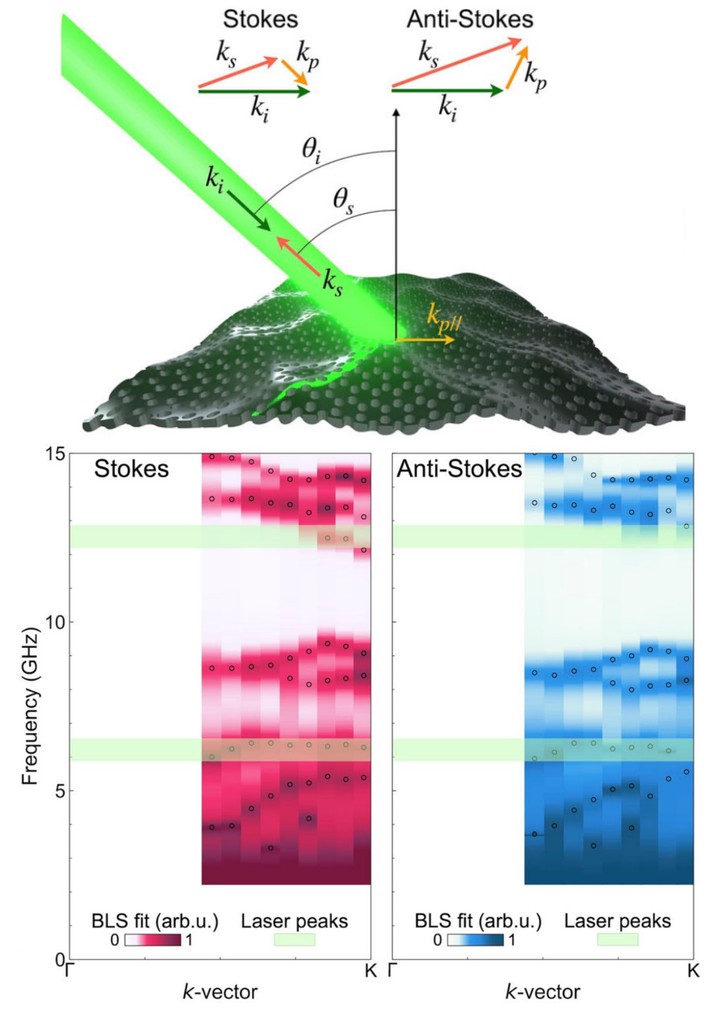Phonon dispersion of nanoscale honeycomb phononic crystal: gigahertz and terahertz spectroscopy comparison

Abstract
Phonons—quantized vibrational modes in crystalline structures—govern phenomena ranging from thermal and mechanical transport to quantum mechanics. In recent years, a new class of artificial materials called phononic crystals has emerged, aiming to control phononic properties. These materials are created by introducing a superlattice structure on top of an already-existing atomic lattice. Typically, phononic crystals are described using a continuous model, in which effective elastic constants approximate potentials between atoms. This approximation, however, assumes the wavelengths of vibrations to be significantly greater than the interatomic distance. In this work, we experimentally investigate the behavior of a honeycomb silicon phononic crystal in the gigahertz range, where the continuum approximation holds, and in the terahertz range, where the phonon wavelengths are comparable to interatomic distances. Using Brillouin light scattering, we investigate the phonon dispersion of the phononic crystal in the gigahertz range, finding a close match with simulations based on the continuous model. Conversely, Raman spectroscopy reveals no difference between the phononic crystal, an unpatterned membrane, and a bulk silicon structure in the terahertz range, showing that the continuous model no longer holds at these higher frequencies.# Summary. An optional shortened abstract.
The European Physical Journal Plus Plus 139, 1032 (2024)